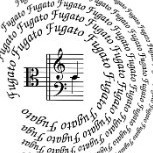Should Leica introduce a M8.3?
-
Recently Browsing 0 members
- No registered users viewing this page.
-
Similar Content
-
- 0 replies
- 49 views
-
- 33 replies
- 1,276 views
-
- 76 replies
- 4,793 views
-
- 40 replies
- 16,563 views
-
- 33 replies
- 4,828 views
-





Recommended Posts